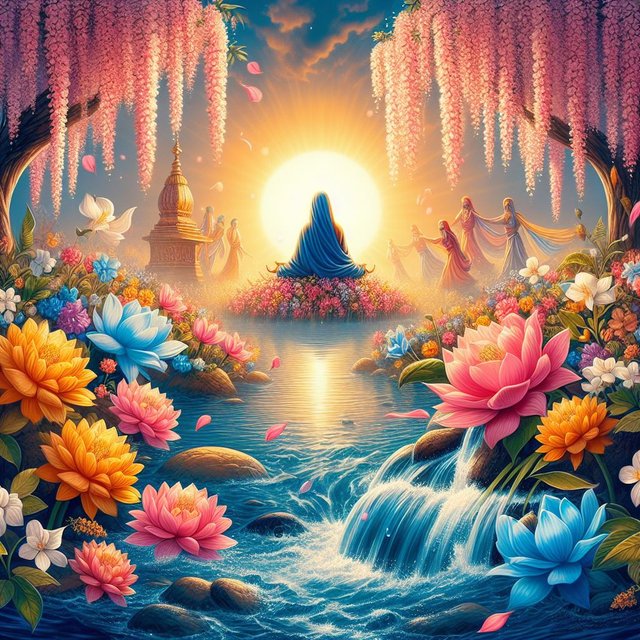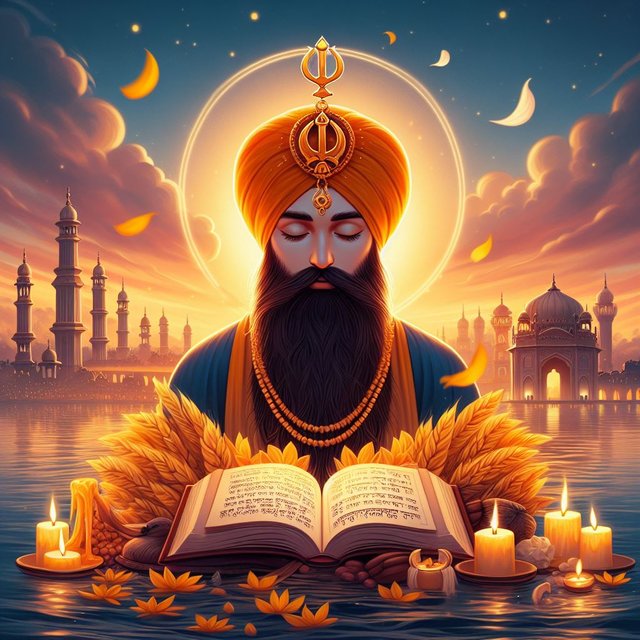The Significance of Baisakh (Vaisakhi) in Sikh and Hindu Cultures
The Significance of Baisakh (Vaisakhi) in Sikh and Hindu Cultures


1. Sikh Perspective
Baisakh, also known as Vaisakhi, holds immense importance in both Sikh and Hindu traditions. Let's delve into its significance:
Origins and Harvest Festival
Originally, Baisakhi was celebrated as a spring harvest festival in the northern Indian state of Punjab. It marked the culmination of the winter crop season and the beginning of a new agricultural cycle. The fertile land of Punjab yielded abundant crops, and farmers rejoiced as they harvested wheat, barley, and other grains. The festival symbolized gratitude to Mother Earth for her bountiful gifts.
Religious Transformation
However, Baisakhi gained religious significance for Sikhs when Guru Gobind Singh, the tenth and final living guru for Sikhs, transformed its meaning. In 1699, Guru Gobind Singh established the Khalsa, a distinct community of initiated Sikhs. The Khalsa was not merely a social or political organization; it represented a spiritual awakening and a commitment to uphold Sikh principles.
The Khalsa Creation
Guru Gobind Singh initiated the Khalsa by administering amrit (a sacred nectar) to five devoted Sikhs. These five individuals became the first members of the Khalsa and were given the title "Panj Pyare" (the Five Beloved Ones). The Khalsa identity is characterized by the Five K's, which are symbols of faith and commitment:
- Kesh: Uncut hair symbolizes acceptance of God's will.
- Kanga: A wooden comb represents cleanliness and discipline.
- Kachera: Cotton undershorts signify modesty and self-control.
- Kirpan: A steel blade symbolizes courage and defense of the oppressed.
- Kara: A steel bracelet represents unity and eternity.
Formative Turning Point
While scholars debate the exact moment when a separate Sikh identity emerged, many Sikhs today consider Baisakhi as a formative turning point. It represents the birth of the Khalsa and the commitment to uphold Sikh principles.
2. Hindu Culture and Baisakh
In Hindu culture, Baisakh is associated with various regional festivals:
- Baisakhi Purnima: Celebrated as the birth anniversary of Lord Parashurama, an incarnation of Lord Vishnu.
- Akshaya Tritiya: A day believed to bring prosperity and good fortune. It is considered auspicious for starting new ventures and making investments.
Conclusion
Baisakh transcends mere seasonal changes; it embodies spiritual renewal, community bonding, and devotion. Whether through the Khalsa or other Hindu rituals, Baisakh continues to inspire reverence and celebration across cultures.
Remember, Baisakh is not just a date on the calendar; it is a tapestry woven with threads of faith, history, and tradition.
Note: The above information is based on historical and summarized using AI . 🌼

Congratulations, your post has been upvoted by @upex with a 0.24% upvote. We invite you to continue producing quality content and join our Discord community here. Keep up the good work! #upex